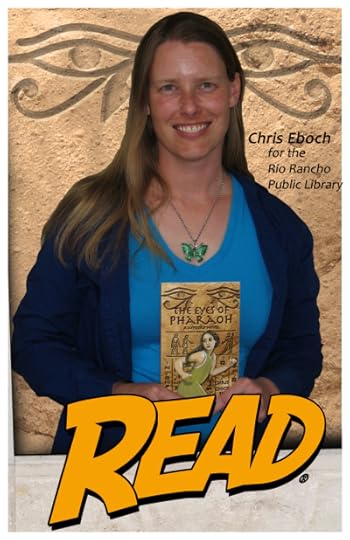Highlights: Guest Post
It’s so exciting for us to hear the success stories of other writers. In today’s post, author and writing teacher Chris Eboch is here to share about how she got a fiction manuscript accepted at Highlights, even after it had previously been rejected!
Let’s welcome Chris Eboch on Conflict in Short Stories!
I’ve taught article and short story writing through the Institute of Children’s Literature for about seven years, and I also work with private critique clients on both short and long works. The number one problem I see in fiction manuscripts is not enough conflict. In fact, I’d say half of my beginning students turn in initial short story lessons that:
• Don’t have any conflict (slice of life stories), or
• Introduce the conflict too late, in the second half of the story
Another quarter of the students have a conflict solved by somebody other than the main character (usually a parent, grandparent, or teacher, but sometimes a fairy godmother or other magical being). In children’s stories – all stories, really – the main character should solve her or his own problem. It’s not as satisfying if somebody else rushes to the rescue.
Problems of conflict don’t only happen to beginning writers, though. I see the same problems in manuscripts I critique for more experienced writers – weak conflict or conflict that is introduced too late. And, I must admit, I sometimes see it even in my own work.
I worked on one story for years. It was sweet and funny, with an interesting nature lesson, so why wouldn’t anyone publish it?
After I’d been teaching through the ICL for a couple of years, telling student after student that they needed conflict in their stories, I finally got it. My story lacked conflict.
I rewrote the story with a small but important internal conflict for the main character, and sold it to Highlights – a magazine that had previously rejected the story. “One Froggy Night“ was published in April 2010. (In the original version, the child went happily outside; in the revision, the main character didn’t want to leave the cozy house but was later glad for the adventure. Conflict can be that simple.)
For more advice on adding conflict and making sure it’s connected to your main character, read my essay on “Characters in Conflict“ on my blog. The essay is also in Advanced Plotting, along with many more tips on strong plotting.
Chris Eboch writes fiction and nonfiction for all ages, with 20 traditionally published books for children. Her novels for ages nine and up include The Eyes of Pharaoh, a mystery in ancient Egypt; The Well of Sacrifice, a Mayan adventure; and the Haunted series, which starts with The Ghost on the Stairs. Her book Advanced Plotting helps writers fine-tune their plots. Learn more at www.chriseboch.com or her Amazon page. Chris also writes novels of suspense and romance for adults under the name Kris Bock.


Nancy I. Sanders's Blog
- Nancy I. Sanders's profile
- 76 followers




